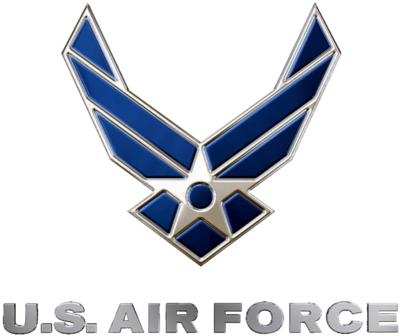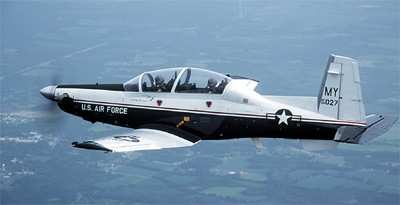Pilot Shortage Remedies Incoming
The United State Air Force (USAF) found itself short of its annual goal for 1,500 new pilots, as increased airline hiring and low retention draw away aviators towards other careers.

The Air Education Training Command (AETC) is the center of USAF's efforts to create pilots fit for stringent military standards. Lt. General Brad Webb, commander of the AETC said that he expects the changes in training and recruitment to clear away barriers to readiness. With an overhaul of the candidate selection process for more modern and equitable decision making, and efforts to increase the pool of qualified pilot applicants, training classes should show an improvement in size starting next year. Once in training, updated, accelerated, and technologically improved coursework will turn them into quality aviators ready to fly.
The magic number for the Training Command is the 1,500 pilots necessary to keep pilot numbers stable, and recent years have continually fallen short. In 2020, only 1,263 pilots were trained, with about 100 more ready by the end of 2021, according to Webb. This increase only returns pilot levels back to their pre-pandemic levels. USAF has always battled with the looming specter of attrition, as their pilots are lured away by improved quality of life and better pay in the civilian world. In order to boost pilot output, they're moving to streamline their training system and incorporate civilian assistance to free up military personnel. AETC has employed civilians to operate their flight simulators for training, but Webb has said only 80% of those jobs are filled. The quality of life can be lacking in the spartan areas around Air Force training bases, especially when the necessary expertise opens better opportunities for potential instructors. Under the current training scheme, gaps in simulators are
filled by USAF instructor pilots as needed, taking them off the flight line and slowing down training elsewhere.

Part of the remodeling scheme for Undergraduate Pilot Training (UPT) 2.5, a few changes seek to remedy the game of musical chairs. Virtual reality and AI platforms will be integrated into a self-paced syllabus, the training aircraft will be pared down to the T-6A Texan II, and course length will be cut to seven months, instead of the previous year. The increase in technology will be accompanied by off-site instruction from civilian contractors. In the early phases of planning, the AETC is mapping out plans for pilots to virtually run simulator training from home, wherever it may be. Going outside the service would allow students access to professional, experienced instructor pilots who may have moved on from the Air Force but retained their desire to teach on the side.
The use of these instructors could help open up any limiting factors in the training process, allowing larger classes of potential pilots to enter in each class. As part of the overhaul, the Air Force has begun a full review of the processes used to evaluate potential pilots. Future candidates will be accepted under revised guidelines, as the Air Force moves to consider only up to 60 hours of flight time for potential pilots, down from the past of 200. “There is no evidence that more than 61 hours of flight experience poses a significant benefit to pilot training success,” said Katie Gunther, chief of strategic research and assessment at the Air Force Personnel Center. “ The probability of success in flight training increases substantially from 0 hours to 60 hours, then relatively plateaus.”
Additional efforts to provide limited ground and flight training, such as Flight Academy, provide students with exposure to the Air Force mission and aid in recruiting. Webb said the changes could lead to “a much more diverse pool of candidates to apply for aviation duty in the first place.” On what they’re looking for in the modern candidate, he said “the aptitude to be able to learn, and not necessarily already have the skill.”
 Aero-News: Quote of the Day (12.18.25)
Aero-News: Quote of the Day (12.18.25) Classic Aero-TV: Viking Twin Otter 400--Bringing the DHC-6 Back Into Production
Classic Aero-TV: Viking Twin Otter 400--Bringing the DHC-6 Back Into Production NTSB Final Report: Rans Employee Flying Club Rans S-6ES Coyote II
NTSB Final Report: Rans Employee Flying Club Rans S-6ES Coyote II ANN FAQ: Submit a News Story!
ANN FAQ: Submit a News Story! ANN's Daily Aero-Term (12.18.25): Braking Action Advisories
ANN's Daily Aero-Term (12.18.25): Braking Action Advisories




